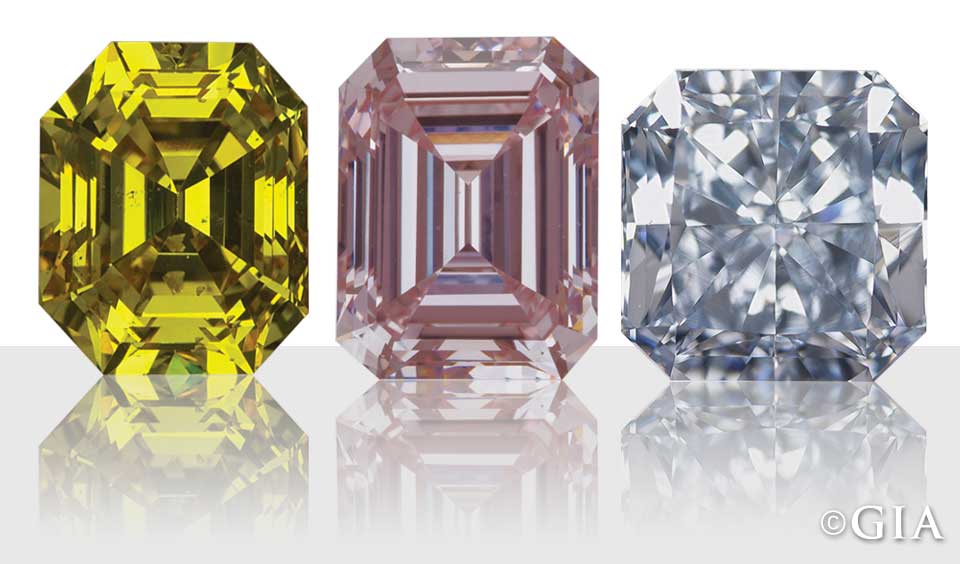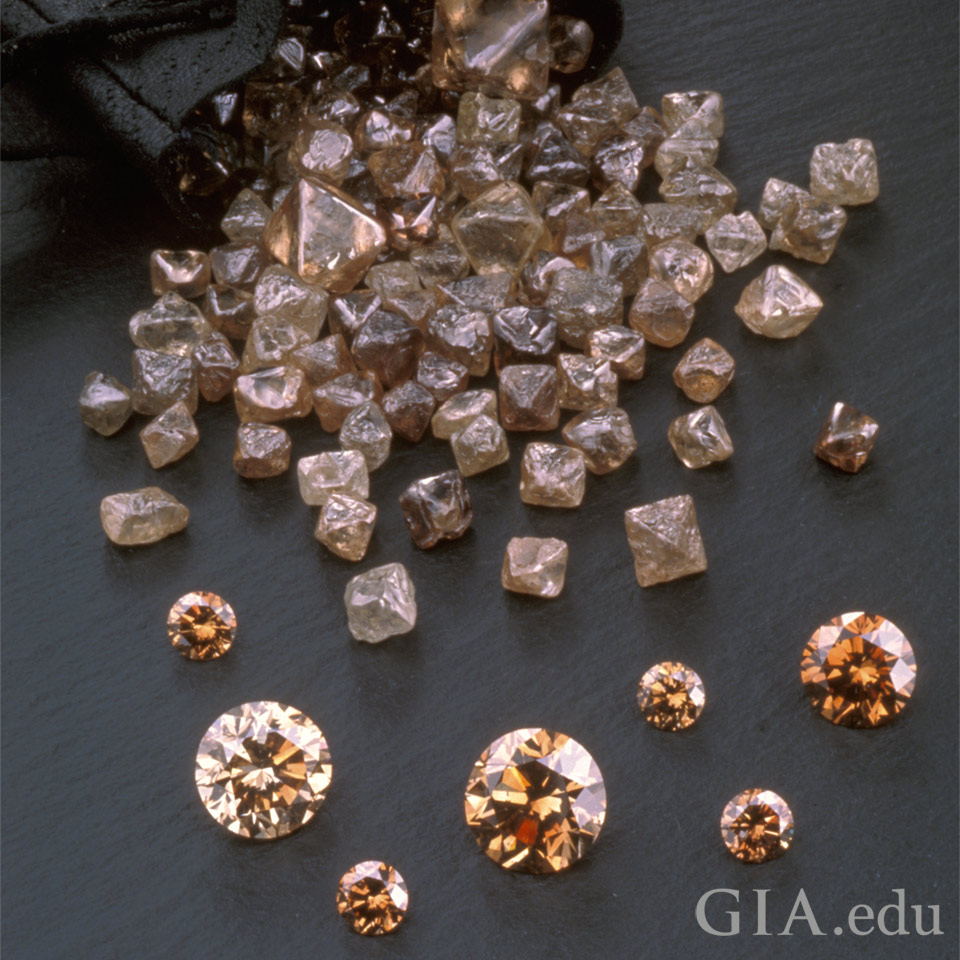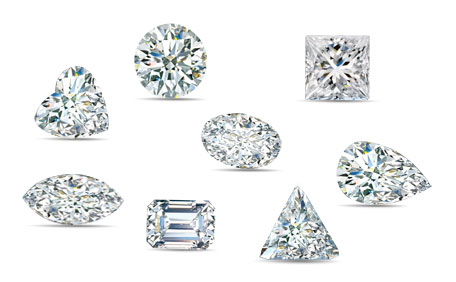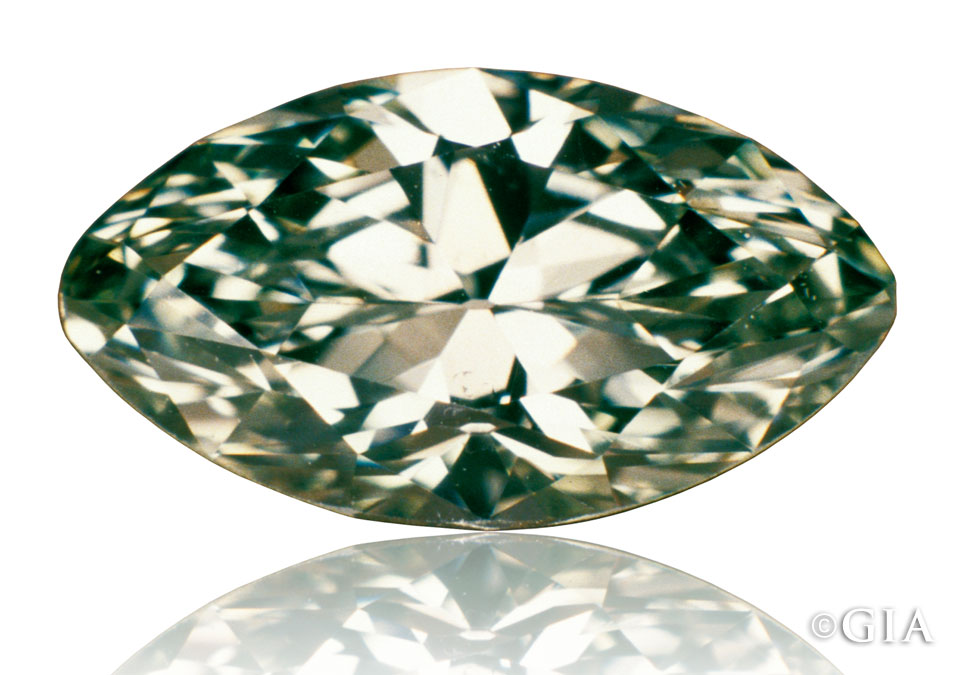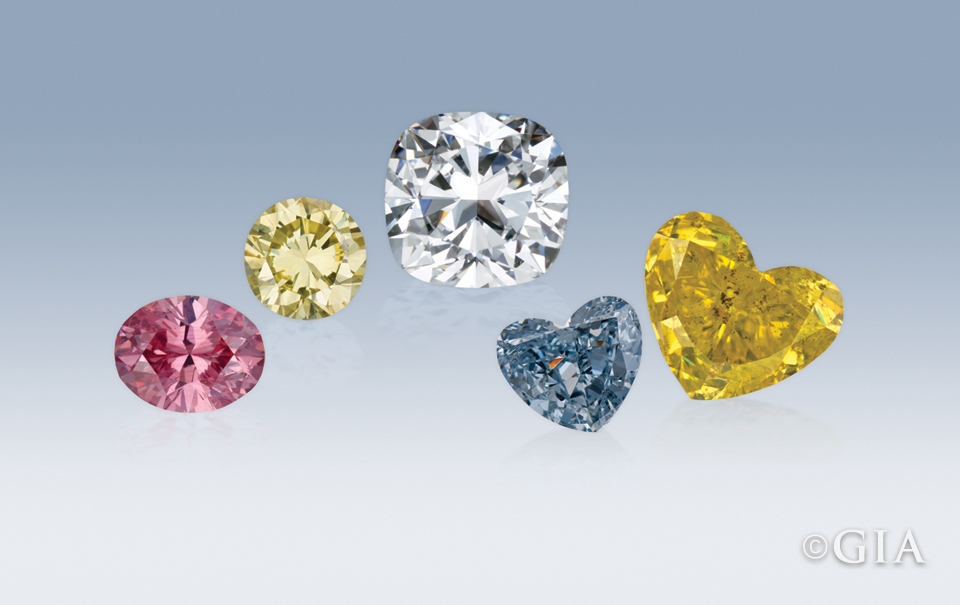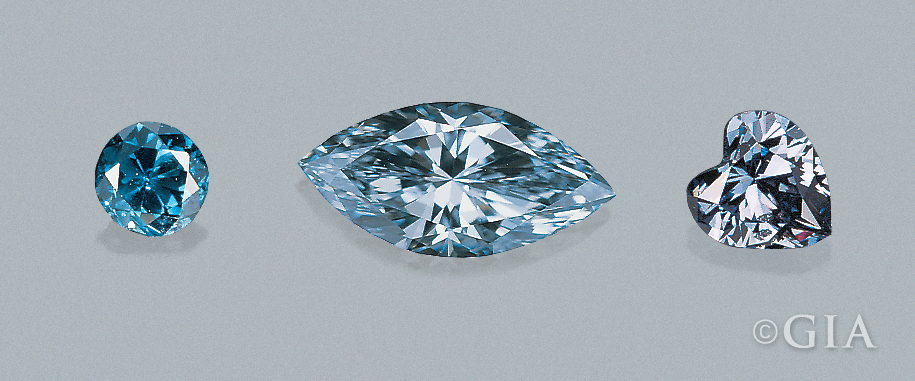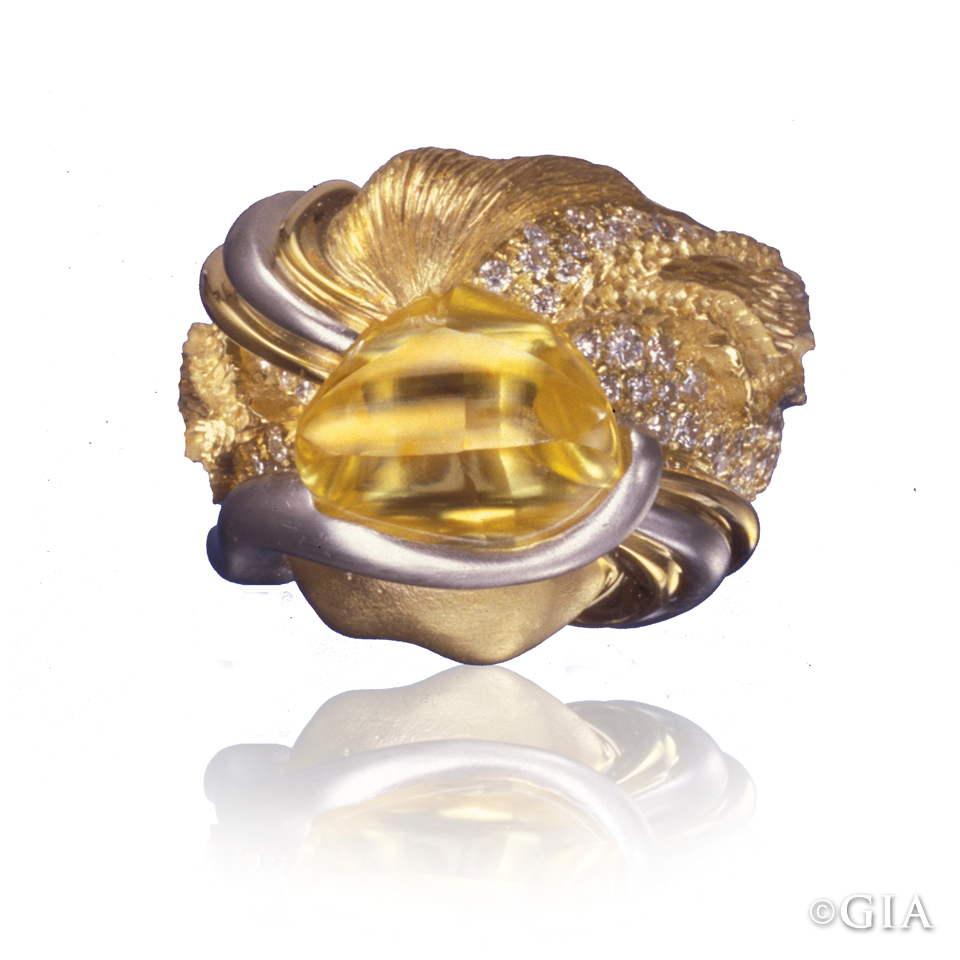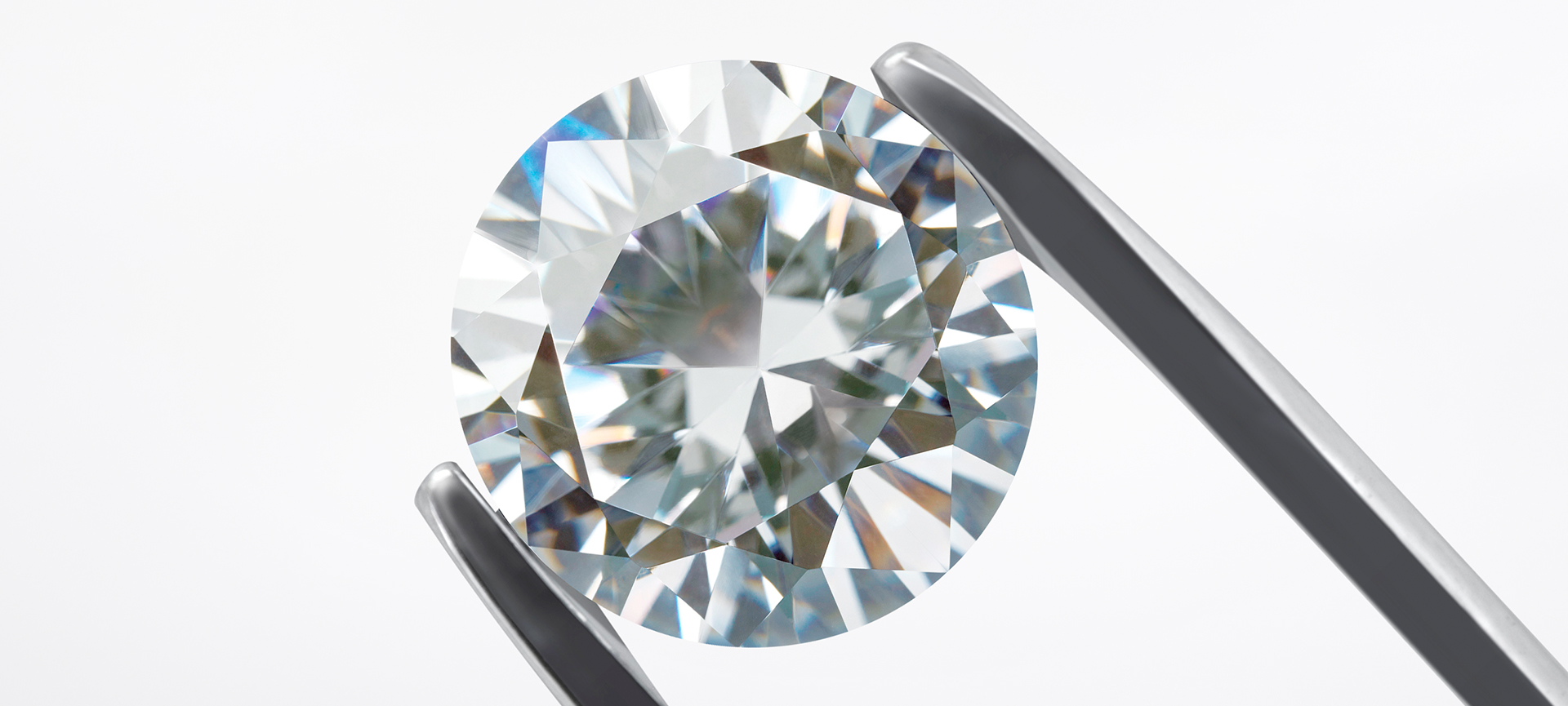Holiday shoppers are giving diamonds an overwhelming YES. And it’s not just bejeweled engagement rings that are getting people to say ‘I do’. Recent studies indicate that women plan to buy more diamonds for holidays, birthdays, anniversaries, and “just because”.
(more…)

